Small glossary of made in France
- FIMIF : The mission of the Independent Federation of Made In France is to mobilize consumers and influence decision-makers in favor of Made in France. Officially launched in July 2015, FIMIF is the only consumer federation committed to the promotion and development of Made in France.
- Frenchwashing : “Designed in France”? “Imagined in Paris”? A sweatshirt with a pretty blue, white and red design? A blue white red logo? This does not necessarily mean that the product is made in France. At a time when made in France is on the rise, it is better to check the product label, ask the seller for the place of production, investigate, etc. Like greenwashing, Frenchwashing still has a bright future ahead of us! Keep your eyes peeled!
- OFG Label : Origine France Garantie is a certifying label which was created in 2010 following the report by Yves Jégo dedicated to the France Brand. The certification is simple and understandable to everyone. It is the result of a collective approach of actors who wish to work together to promote “producing in France” and to promote industrial and artisanal know-how. The Objective of OFG is to provide clear and precise information to the consumer on the French origin of products and to raise awareness of the companies that manufacture in France.
- EPV label : The Living Heritage Company label is a state recognition mark set up to distinguish French companies with excellent artisanal and industrial know-how.
- Made in France according to the customs code : Marking the origin of a non-food product is optional in Europe. However, the manufacturer can affix a statement "Made In..." or "Fabriqué en..." while respecting the rules of origin codified by the customs services.
“Made in France” or “Fabriqué en France” is a marking of origin that companies can indicate on their goods. This indication is optional: no provision provides for the obligation to affix an origin marking, except for certain agricultural or food products within the framework of health regulations.
However, if the manufacturer decides to indicate a statement of origin on its product, it must comply with the rules of non-preferential origin. implemented by customs services in accordance with European regulations:
- articles 22 to 26 of regulation n°2913/92 of October 12, 1992
- articles 35 to 65 and annexes 9 to 11 of regulation n°2454/93 of July 2, 1993
Non-preferential origin makes it possible to establish the “nationality” of a product when production factors from several countries are involved: components, raw materials and various stages of manufacturing. In summary, the product originates from the country where it underwent the last substantial transformation.
Article 39 of the Customs Code punishes contentious statements that could lead the consumer wrongly to believe that a product of third party origin is of French origin when it does not meet the rules of non-preferential origin.
A circular from the Ministry of Finance published in BOD No. 7117 of May 13, 2016 details the regulations relating to non-preferential origin for professionals who wish to promote their know-how via origin marking.
It precisely defines the scope of application of Article 39 of the Customs Code in order to alert professionals to the information relating or not to an origin marking and likely to be controlled by customs. This circular repeals the circular of May 12, 2015.



